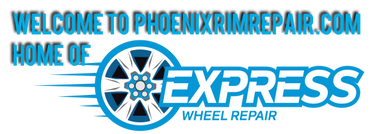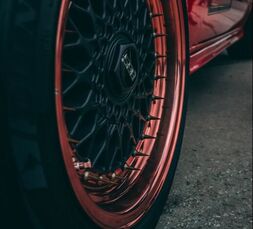Which Wheels are Best for Your Vehicle?
- Size: Wheels come in a variety of sizes, measured by their diameter and width. It is important to choose wheels that are the correct size for your vehicle, as this will affect the handling and performance of your car.
- Offset: Offset is the distance between the center of the wheel and the mounting surface. It is important to choose wheels with the correct offset for your vehicle, as this will affect the fitment of the wheels and tires.
- Bolt pattern: Bolt pattern is the number of lug nuts and the distance between them. It is important to choose wheels with the correct bolt pattern for your vehicle, as this will ensure that the wheels can be properly secured.
- Weight: Wheels can vary in weight, with lighter wheels being better for performance and fuel economy. However, lighter wheels can also be more expensive.
- Material: Wheels are made from a variety of materials, including steel, aluminum, and magnesium. Steel wheels are the most affordable, but they are also the heaviest. Aluminum wheels are more expensive than steel wheels, but they are also lighter and stronger. Magnesium wheels are the lightest and strongest, but they are also the most expensive.
- Finish: Wheels come in a variety of finishes, including chrome, black, and silver. The finish of the wheels is a matter of personal preference.
- Price: Wheels can range in price from a few hundred dollars to several thousand dollars. The price of the wheels will depend on the size, material, finish, and brand.
Here are some additional tips for choosing wheels for your vehicle:
- Do your research: Before you start shopping, it is important to do your research and learn as much as you can about wheels. This will help you make an informed decision when you are ready to buy.
- Talk to a professional: If you are not sure what size, style, or material of wheels to choose, it is a good idea to talk to a professional. A qualified mechanic or wheel specialist can help you choose the right wheels for your vehicle.
- Buy quality wheels: It is important to buy quality wheels that are made from a strong material and have a good finish. Cheap wheels may be tempting, but they are more likely to bend, crack, or rust.
- Have the wheels installed professionally: Once you have chosen your wheels, it is important to have them installed by a professional. This will ensure that the wheels are installed correctly and that they are safe to use.
Come deal with the best and forget the rest!


 RSS Feed
RSS Feed